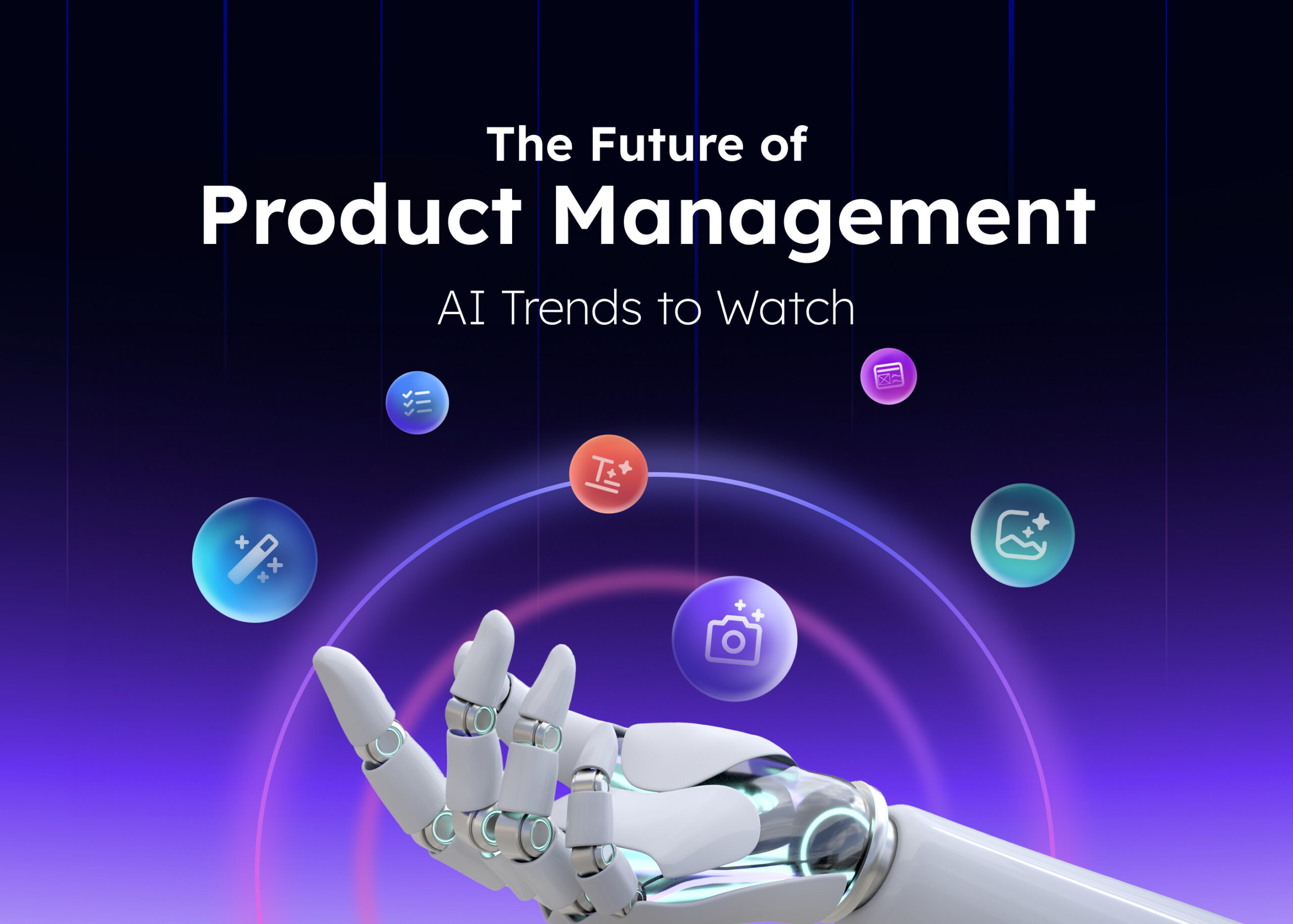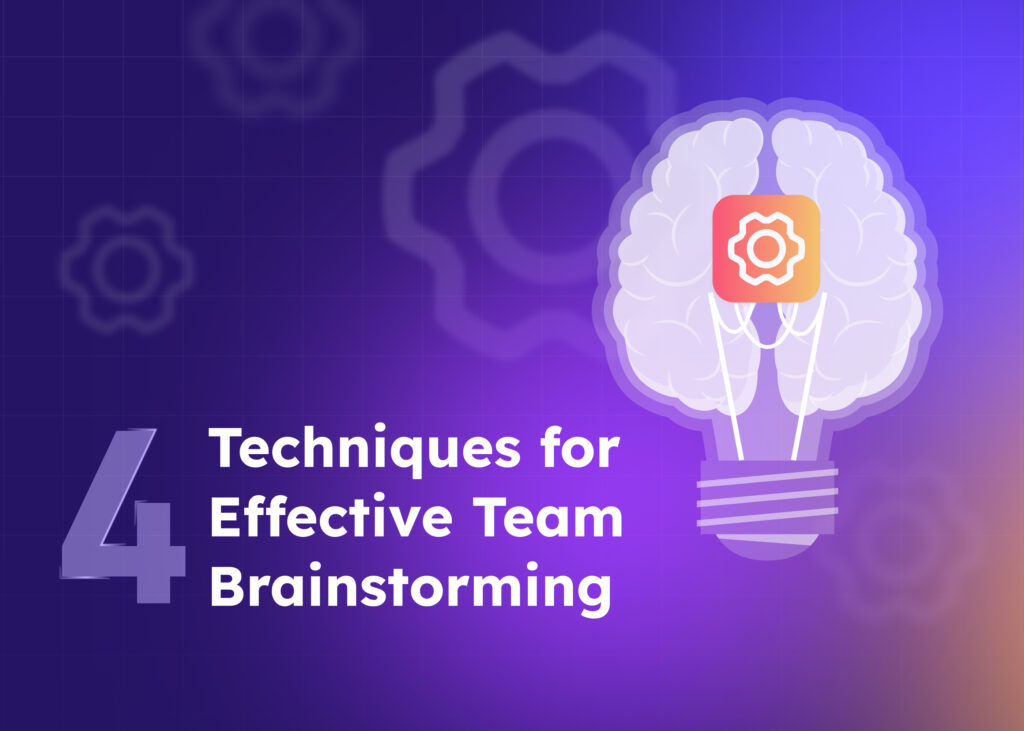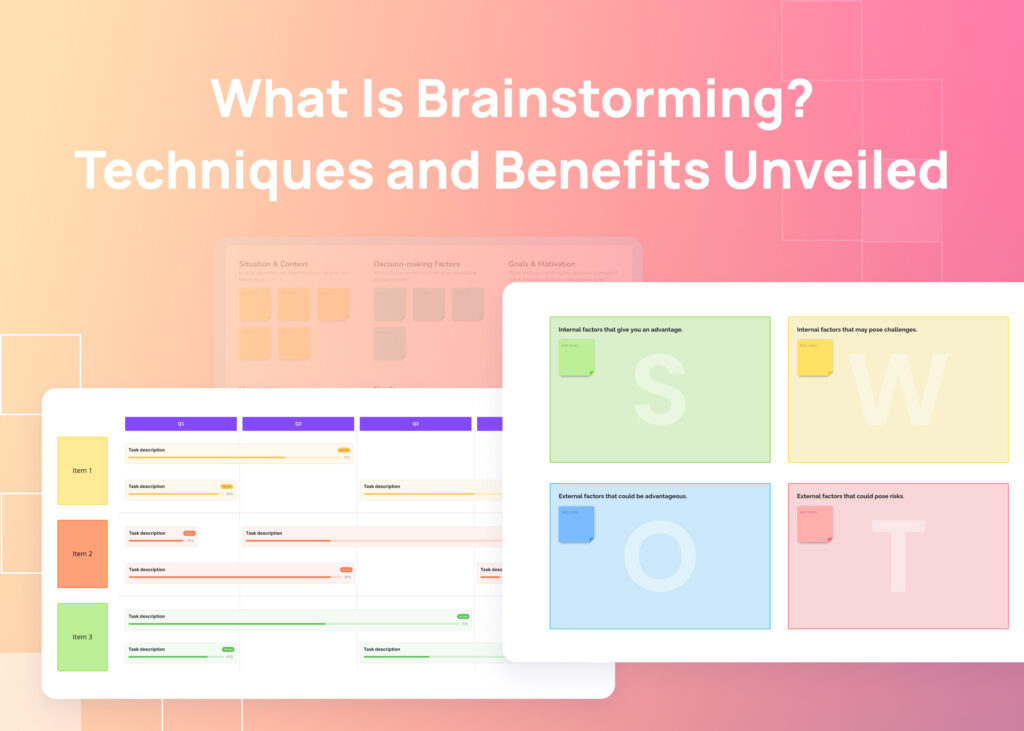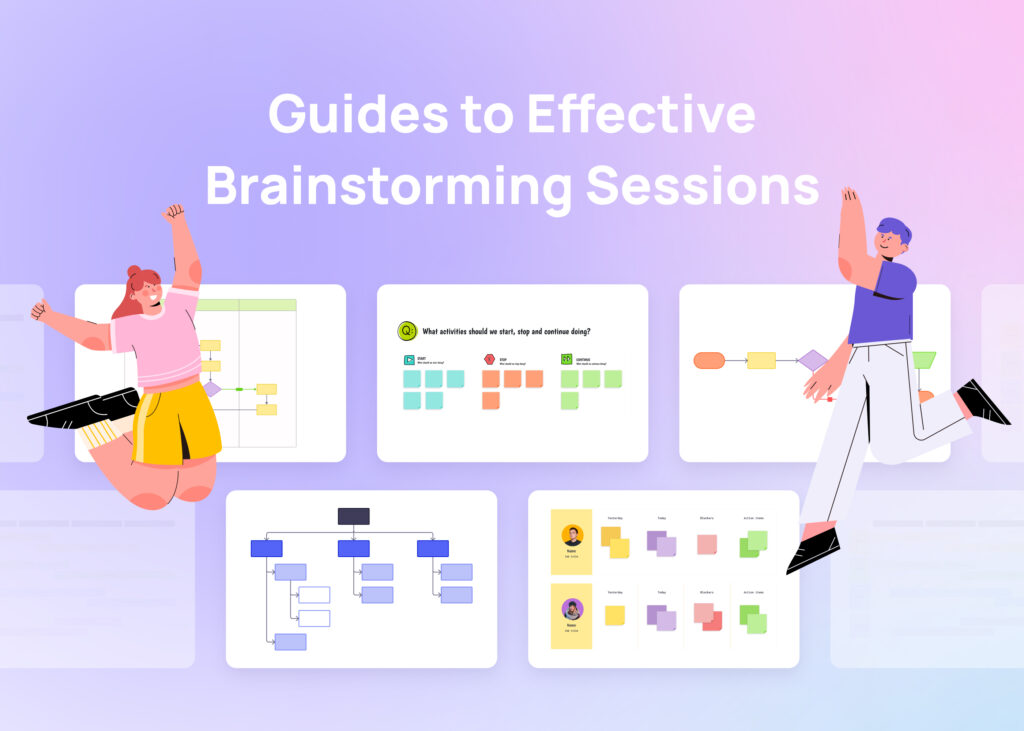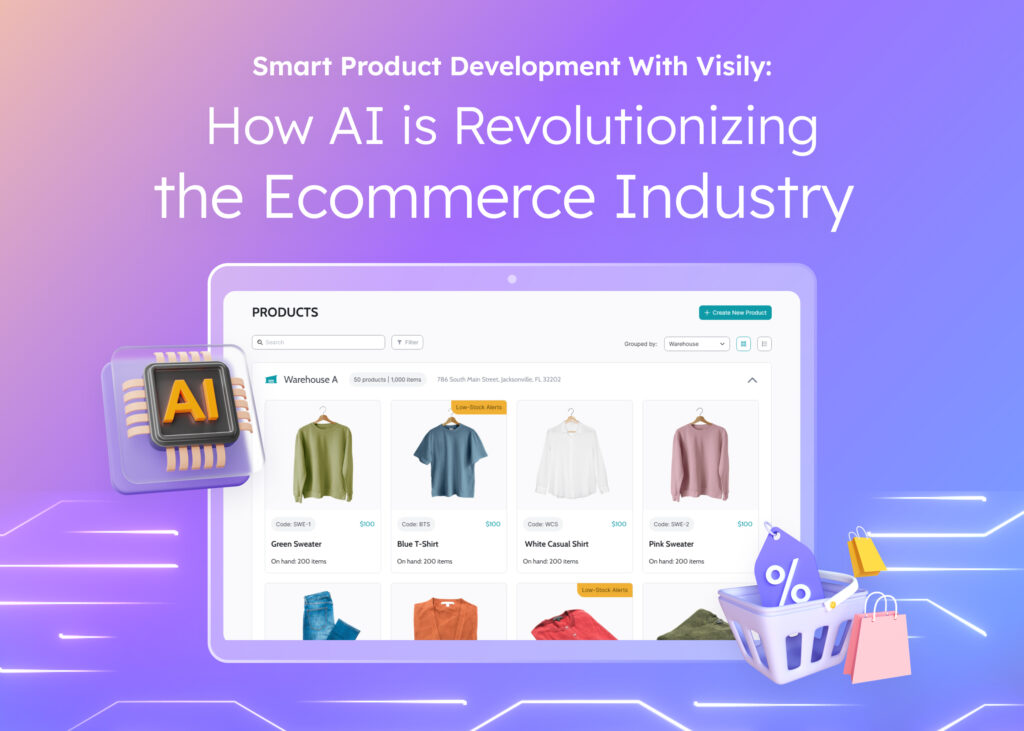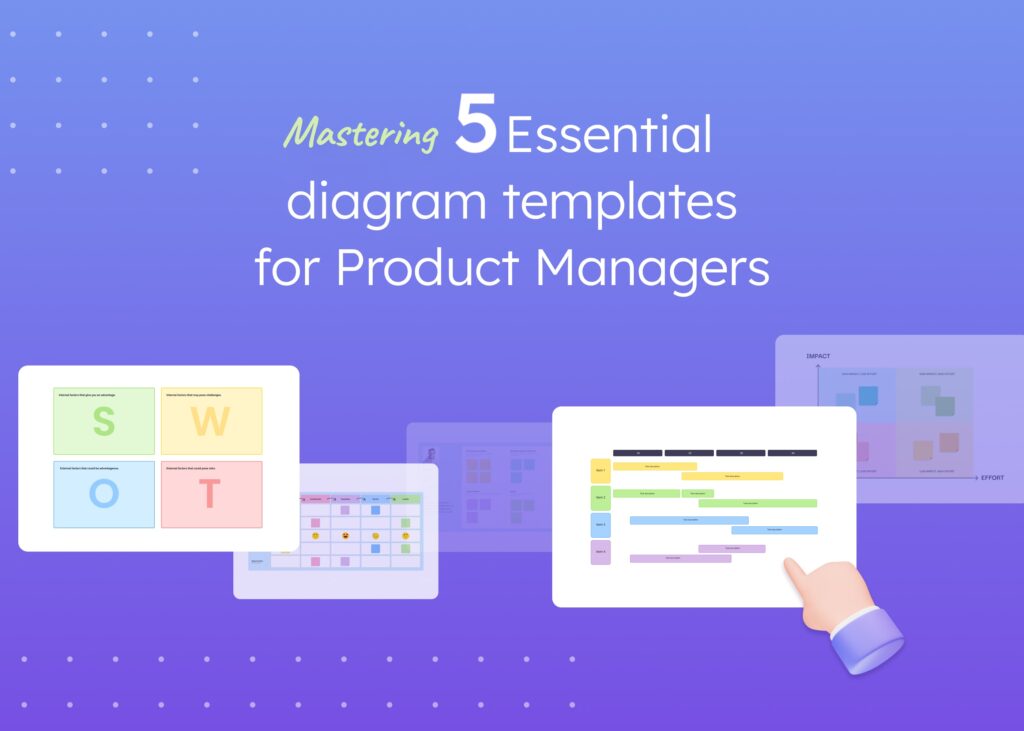Mastering AI is no longer an option. It’s an absolute necessity for successful product management in the 21st century.
Since its launch, AI has become an integral part of product management. Modern consumer expectations and market competition have also intensified because of AI, and companies across industries are leaning on AI to help them meet growing needs and markets.
Product teams now use AI to do things like understand user needs, identify new opportunities, prototype efficiently, forecast trends, optimize pricing, and monitor product performance.
What this means is that product managers need to have an in-depth understanding of how leading AI trends can be harnessed.
In this article, we explore the latest AI trends to watch — and not just for 2024. We’ll also go over success stories with AI and product management and touch on the evolution in this niche.
Evolution of AI in product management
Artificial intelligence (AI) broadly refers to the ability of computer systems to perform tasks that typically require human intelligence. While they might not be able to touch, smell, or taste, they can process things like visuals, language, information, and sounds, and they can make decisions.
In recent years, AI has undergone rapid advancements due to significant improvements in processing power, the ready availability of vast amounts of data, and breakthroughs in machine learning (ML) techniques.
As AI rapidly expands and evolves, it has profoundly affected — and continues to affect — most industries. Naturally, product management has undergone significant changes in various ways since the launch of ChatGPT. These changes have led to new adaptations within the industry, embraced by both new and experienced product builders and companies.
Some key AI product management trends over the last few years include:
- Natural language processing (NLP): Analyze textual data, such as customer feedback, to identify key topics, themes, and sentiment. This helps product managers to sort through large volumes of text data efficiently.
- Generative design: Uses algorithms to generate design options and 3D models meeting rapidly specified parameters. Product managers can use this to ideate and evaluate many variations of a potential product.
- Predictive analytics: Predicts user behavior, forecasts sales, identifies risks, and more by analyzing usage data. Gives product managers data-driven insights to inform strategic decisions.
How, then, has the advent of AI impacted the most pivotal figure in the realm of product management—the user?
Well, in simple terms, it’s made life much easier for them. They now have better products, more features, and tons of options. In the eyes of the user, the recent ‘upgrade’ that most products have received has been a blessing.
In the eyes of the product manager, it means they need to make their product better than the rest.
Therefore, AI can be viewed as a double-edged sword, or both a blessing and a curse.
Pros and cons of AI in product management
As just discussed, AI might help to simplify workflows, but it also complicates how products are developed and ups the stakes for success.
On the one hand, AI can help automate certain repetitive tasks, freeing up product managers’ time for more strategic work. For example, NLP can summarize customer feedback and pinpoint key themes and insights. Rapid prototyping powered by AI helps product managers quickly test and iterate on new product concepts.
On the other hand, AI does have some limitations when applied to creative, strategic aspects of product development. While AI can generate ideas, it lacks the human judgment, intuition, and empathy needed to determine what products will truly resonate with target users.
Success stories of AI in product management
AI has changed the world of product management, but this should be seen as a good thing. If you can harness it properly, you can see some massive results.
Here are a few case studies about companies that have successfully integrated and benefitted from AI.
Nike’s design your own shoes
In a groundbreaking move, Nike, the world’s most well-known athletic brand, has unveiled a revolutionary generative AI system that empowers customers to design their own sneakers within the digital confines of their online store.
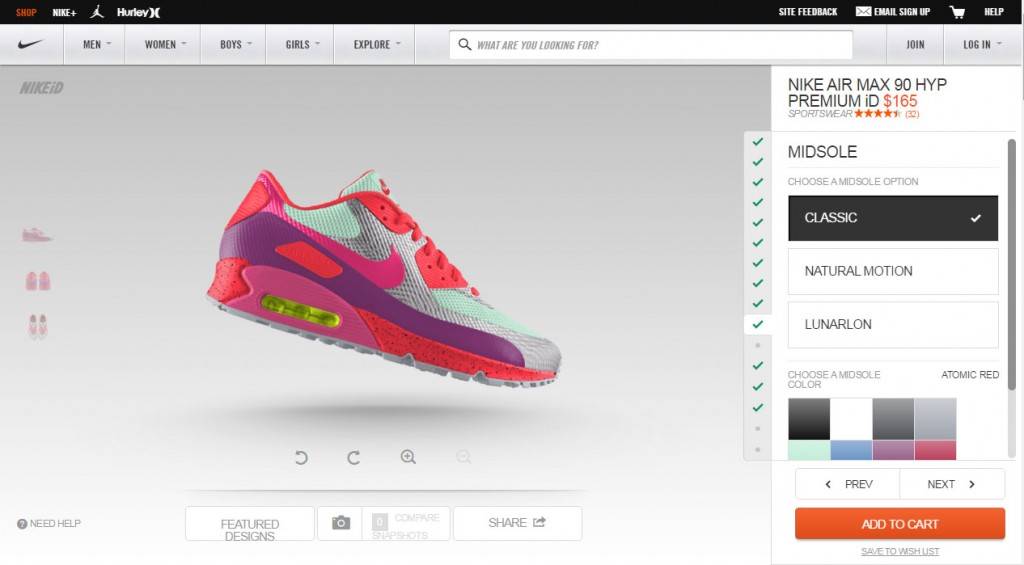
The innovative concept serves two purposes: it unlocks unprecedented sales expansion, but it also discreetly collects valuable information about client preferences and habits. ML uses this information to design future sneakers that resonate deeply with customers’ wants and deliver personalized recommendations with uncanny precision.
NVIDIA’s Deep Learning Super Sampling (DLSS)
Innovation is a catalyst for growth, and AI accelerates this growth like never before.
NVIDIA, a technology giant renowned for its graphics processing units, uses AI to accelerate product innovation. Their DLSS technology employs AI-driven algorithms to upscale video game graphics in real-time. This innovation improves the visual quality of games since the GPUs can render them at higher frame rates.
Airbnb’s translation services
In a global marketplace, you need to speak the language of the customers. However, global marketing traditionally costs a lot of resources and time. AI can break language barriers so that you can reuse your content for multiple languages and at a lower cost.
Airbnb, a global hospitality marketplace, uses AI to help hosts and guests chat in different languages in real-time. Hosts and guests can confidently exchange messages with each other better, which improves traveling for a lot of people who are limited by language barriers.
Spotify’s discover weekly
One key way products earn customer loyalty is through customization.
Spotify, the industry-leading music streaming platform, taps into the capabilities of AI to provide users with personalized content. Their “Discover Weekly” feature uses AI algorithms to analyze individual listening preferences and generates customized playlists on a weekly basis.
Spotify’s tailored tunes keep users grooving and sticking around, serving up a personalized playlist that hits all the right notes for millions of music lovers across the globe.

Visily’s Screenshot to Design
Visily’s Screenshot-to-Design feature lets users easily transform screenshots of UI’s into editable design components, thereby removing the tedious task of manually creating them.
Traditionally, translating screenshots into design elements involves tedious manual labor, often leading to inefficiencies and inaccuracies. Visily’s solution automates this process, reducing common errors and accelerating design iteration cycles. This efficiency gains crucial momentum in Teams that can iterate quickly and respond quickly to user feedback and market demands.
6 Future Trends in AI Product Management
To make the most of the AI wave that’s still crashing down, it’s best to keep an eye on the most important trends. The ones we decided to cover here aren’t just run-of-the-mill trends but ones that are either going to reshape parts of processes or entire processes altogether.
1. The use of AI will continue to climb
We’ll start with a trend that’s been happening for a few years now, but one that doesn’t see any signs of slowing down. Instead, the usage of AI in product management seems to be on the rise.
AI has been in product management for some time now, and the trend will only grow. AI and ML will be increasingly used to improve products and the product management process.
However, not all companies will be able to effectively use these technologies to meet customer demands and achieve product success.
2024 and 2025 will be extreme years for AI. Some companies will succeed, investing more in AI development. But many will realize they’ve been caught up in the hype and have created costly, meaningless additions to their products. For every successful AI implementation, there’ll likely be four useless features.
The key to being one of those success stories and doing this the right way. To do this, you need to use both product management know-how and skills alongside rapid AI data processing and assistance.
Of course, there’s more to it than that, which you can find out in our blog: From Concept to Launch: Building a Product with AI Assistance
2. AI-enabled risk management
The application of AI in identifying and mitigating risks associated with product development and launch is a growing trend. AI-powered risk management can help product managers foresee potential risks early on and take proactive measures to address them.
Some key ways AI helps with risk management:
- Market volatility forecasting: Predictive analytics tools help businesses spot possible changes in product demand or pricing by analyzing industry trends and economic factors. This way, businesses can adjust as needed.
- Regulatory compliance: AI algorithms can continuously scan for upcoming policy changes or new regulations that may call for product modifications. Proactively addressing compliance issues mitigates business risks.
- Cybersecurity: AI systems can model likely vulnerabilities and attack vectors. Product security can then be evaluated against these threats, and improvements made. This minimizes cyber risks both pre- and post-launch.
- Customer sentiment analysis: Monitoring customer sentiment data from surveys, reviews and social media helps surface potential reputation risks early.
- Supply chain optimization: AI supply chain analysis provides visibility into delays, constraints and anomalies. Alternative supply routes and inventory buffers can be set up to mitigate fulfillment risks.
3. AI-enabled forecasting for predictive maintenance
Predictive maintenance has already significantly changed how we care for physical products, especially in manufacturing and IoT. AI algorithms are used to analyze sensor data from devices to identify wear and potential failures.
These algorithms identify subtle changes in operations, such as temperature fluctuations or unusual vibrations, indicating the need for maintenance before problems worsen. Predictive analysis and alerts help prevent costly breakdowns and minimize downtime, making maintenance more predictable, efficient, and cost-effective.
Predictive maintenance analytics is transforming network reliability and customer satisfaction in telecommunications. For instance, the Deloitte Analytics Institute created an ML model that tracks metrics like line attenuation, error rates, and connection stability. The AI system detects symptoms up to two weeks before failures. On average, predictive maintenance boosts productivity by 25%, reduces breakdowns by 70%, and cuts maintenance costs by 25%.
4. AI-enhanced sprint management
Collaboration has always been the key to success in sprint planning. But what if we could enhance this collaboration with a touch of AI? In the future of product management, the integration of AI into tools like Jira represents a major breakthrough. This advancement goes beyond simply writing user stories—it actively reshapes how agile product managers.
Consider a global product team with members from different functions working on a tight deadline to launch a new feature. AI analyzes historical sprint data, including task durations, points, and outcomes, to develop predictive models. This helps the team work more efficiently by providing precise task completion estimates, optimizing team member assignments, and identifying skill and planning gaps.
The result is a more efficient approach to sprint planning, project management, and product operations — one that allows product teams to adjust strategies proactively.
A prime example is Visily’s Text to Diagram feature, which can create a visual representation of tasks, timelines, and dependencies. Sprint teams can use this feature during sprint planning meetings to outline tasks and collaboratively create user flows and wireframes.
5. AI will change how products are designed
The software design phase involves creating an appropriate architecture for implementing a software solution. It requires expertise and attention to detail to develop an architectural design that satisfies the application’s user requirements.
AI software for product design can make this process more efficient and precise. One such example is called the Artificial Intelligence Design Assistant (AIDA), which can examine past software designs to determine the most effective method for meeting the user demands of a new application. These tools, help in comprehending user needs and developing a design that satisfies them.
In order to convey ideas, collect input, and reach an agreement, product managers heavily rely on mockups, wireframes, and prototypes. Typically, creating these materials involves significant manual labor from experienced designers or product managers. In a rapidly moving industry where getting to market first is crucial, expediting the journey from idea to visualization is GOLD.
Recent developments in AI have made it possible for product managers and designers to create concept designs within the confines of one app. Interfaces like Visily, have AI included in every step, from brainstorming to prototyping, which greatly simplifies and centralizes the entire cross-collaborative workflow.
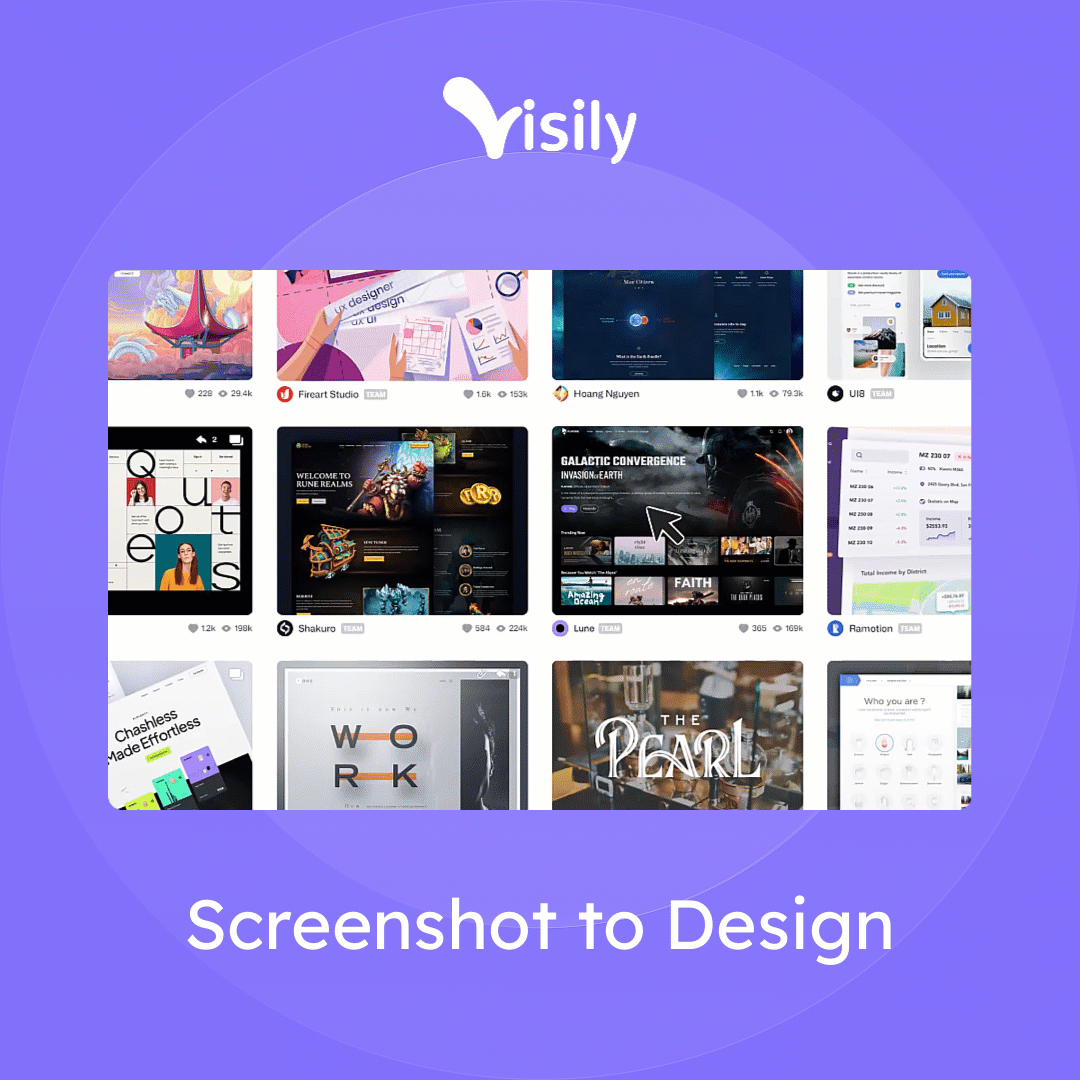
To show how it works, imagine Sarah (a non-designer) is in charge of creating a tool for finding gifts on an online store’s homepage. Instead of using multiple apps to move from an idea to a prototype, Sarah can streamline the entire process using a single workspace like Visily. With the help of AI, she can create a design swiftly and then conveniently modify it into a wireframe. She can then share it with her team for collaborative review in real-time and make the edits all within one app.
Thanks to AI technology, product managers can now quickly bring their ideas to life by significantly reducing the time and expertise needed for concept mockups.
6. Automated programming
AI is transforming how software code is generated and maintained. Rather than relying solely on human developers to manually write new code, AI like ML can automate parts of the programming process.
One area where AI excels is generating boilerplate code. For common programming tasks, AI can produce generic code blocks to use as a starting point. Developers can then customize the auto-generated code as needed.
More advanced systems can even suggest new functions and interfaces tailored to a developer’s specific project. The AI analyzes the goal of the software, reviews existing code, and proposes code to accomplish required tasks. Although a developer still reviews and tests the AI-generated code, this automation speeds initial development.
AI code generation tools are also adept at maintaining and updating legacy systems. Scanning old code enables the coder (or, in some cases, the AI) to rewrite outdated sections to modernize platforms and languages. Companies can keep using their existing software instead of replacing it — this helps them save money.
As AI programming continues to advance, we may see systems that can take high-level instructions and automatically generate full-fledged applications. The systems would still require oversight from human developers, but could significantly reduce the time and effort required for software development projects.
Make use of AI — the right way
Humans are more powerful with the help of AI at their fingertips. As Uncle Ben told Peter Parker, “With great power comes great responsibility”. While our ‘responsibility’ might not be to save the world, it definitely is to use AI wisely so that we don’t just brush over the key details that make our products ‘super/human’.

While the limitations are profound, the benefits are just as strong. So many companies are already experiencing them and taking their products and processes to the next level.
Ready to jump onto one of these trends? Check out how Visily’s AI helps with every step of the UI design process.
Sign up for your free trial here.
Looking for more related content? Then check out this blog.




